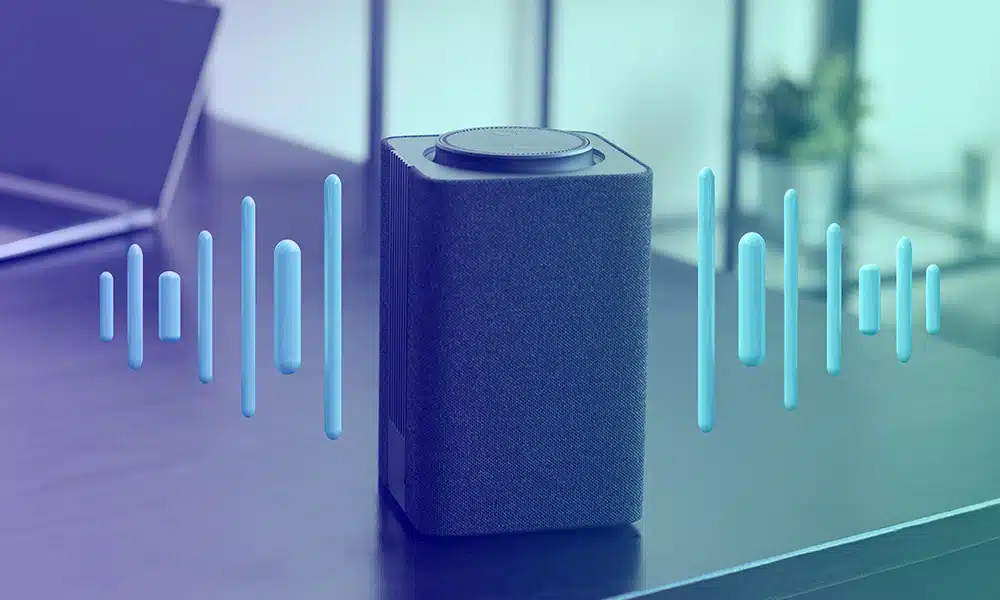Imagine interacting with Siri or Alexa. Their ability to comprehend our speech is fascinating. This capability stems from the datasets used in their training.
These datasets are vast collections of spoken words, phrases, and sentences from diverse languages and accents. They provide the raw material for training AI models. As technology evolves, the need for more comprehensive and varied datasets grows.
In this article, we’ll talk about the diverse speech recognition datasets. We’ll explore their types to help you choose the best datasets for your AI model.
But first, let’s get into some basics.
What is a speech recognition dataset?
A speech recognition dataset is a collection of audio files and their accurate transcriptions. It trains AI models to understand and generate human speech. This dataset includes various words, accents, dialects, and intonations. It reflects how people from different regions speak differently.
For instance, a person from Texas sounds different from someone in London, even if they say the same phrase. A good dataset captures this diversity. It helps the AI to hear and comprehend the nuances of human speech.
This dataset plays a crucial role in developing AI models. It provides the data necessary for the AI to learn language comprehension and production. With a rich and diverse dataset, an AI model becomes more capable of understanding and interacting with human language. Therefore, a speech recognition dataset can help you create intelligent, responsive, and accurate voice AI models.
Why do you need Quality Speech Recognition Dataset?
Accurate Speech Recognition
High-quality datasets are crucial for accurate speech recognition. They contain clear and diverse speech samples. This helps AI models learn to recognize different words, accents, and speech patterns accurately.
Improves AI Model Performance
Quality datasets lead to better AI performance. They provide varied and realistic speech scenarios. This prepares the AI to understand speech in different environments and contexts.
Reduces Errors and Misinterpretations
A quality dataset minimizes the chances of errors. It ensures the AI doesn't misinterpret words due to poor audio quality or limited data variation.
Enhances User Experience
Good datasets improve the overall user experience. They enable AI models to interact more naturally and effectively with users, leading to greater satisfaction and trust.
Facilitates Language and Dialect Inclusivity
Quality datasets include a wide range of languages and dialects. This promotes inclusivity and allows AI models to serve a broader user base.
Top Speech Recognition Datasets

These audio corpus datasets are linguistic audio files used to train AI models. Let’s look at the primary types of speech recognition datasets.
Scripted Speech Dataset
This type of dataset involves recordings of individuals reading pre-written texts. It's crucial for training AI in clear articulation and standard speech patterns.
Scripted Monologue Speech Dataset
These are English audio datasets where speakers deliver monologues. This dataset helps AI understand clear, well-articulated speech, making it essential for voice training datasets used in voice assistants and narration tools.
Scenario Based Speech Dataset
Scenario-based datasets provide audio recordings in specific contexts, like restaurant orders or travel inquiries. They are key in developing AIs that can handle specific industry requirements or customer service scenarios.
Spontaneous Conversational Speech Dataset
Contrary to scripted datasets, these involve natural, unscripted conversations. They are more challenging and rich in nuances, making them invaluable for creating sophisticated AI models.
General Conversation Speech Dataset
This acoustic dataset comprises recordings of everyday conversations. It includes casual talks, discussions, and dialogues. Such datasets expose AI models to various speaking styles, speeds, and informal language. This training is crucial for conversational AI systems like chatbots, which must understand and respond to various conversational cues and colloquial language.
Industry-Specific Call Center Speech Dataset
These voice datasets are tailored to banking, healthcare, or customer support industries. They include recordings of real call center interactions. The dataset helps AI models to understand industry-specific jargon and typical customer queries. This is particularly important for developing AI systems that can handle customer service tasks efficiently and accurately.
Each of these speech datasets plays a unique role in developing speech recognition technology.
- The Scripted Speech Dataset is fundamental for teaching AI the basics of speech patterns and clear pronunciation.
- In contrast, the Spontaneous Conversational Speech Dataset introduces the AI to the complexities of natural speech, including variations in accents, dialects, and colloquialisms.
Things To Keep In Mind While Selecting Speech Recognition Dataset
Selecting the right speech recognition dataset requires careful consideration. Here are key points to consider:
- Diversity in Accents: Include various accents for better recognition.
- Background Noise Variation: Datasets with diverse background sounds enhance robustness.
- Language and Dialects: Cover a range of languages and dialects.
- Age and Gender Representation: Ensure representation across different ages and genders.
- Audio Quality and Format: Prioritize high-quality, standardized audio formats.
- Size and Scope: Larger datasets improve model performance.
- Legal and Ethical Compliance: Adhere to data privacy and usage laws.
- Real-World Applicability: Ensure relevance to real-world scenarios.
These factors lead to a more versatile and effective speech recognition system.
Conclusion
From English Audio Datasets for general applications to Linguistic Audio Files for specific industries, each dataset contributes to building more sophisticated, efficient, and user-friendly AI systems.
With new technologies, the demand for comprehensive and high-quality speech datasets will continue to grow. It will create the way for more advanced and seamless human-AI interactions.



